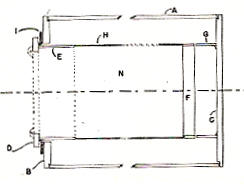
Hanford Engineer Works
The Hanford Engineer Works was started in 1943 by the Army Corp of Engineers and the E.I. du Pont de Nemours and Company to produce plutonium for the first atomic device. It was located in Richland, Washington. In 1947, the GE company was contracted to expand the laboratory.
Hanford published the Glossary of Hanford Terminology in 1952. The following are the definitions of the detection instrumentation:
Big Sucker - Air filter type instrument used for counting alpha radiation by collecting dust in areas where there is some possibility of product being associated with the dust in the air or as an aerosol of the product compound itself.
Cutie Pie - Measuring instrument for beta and gamma radiation.
Fish Pole - Measuring instrument for beta and gamma radiation.
Handee - Alpha hand counter.
H.M. or Health Monitoring Chamber - Measuring instrument used with Beckman micro-micro ammeters or Micromax Recorders to give a continuous record of gamma radiation level at points throughout the Process Buildings. It may be used to measure beta particle when desired.
Little Sucker - Air filter type instrument used for counting alpha radiation by collecting dust in areas where there is some possibility of product being associated with the dust in the air or as an aerosol of the product compound itself.
M-22 (Ionization Chamber, Type 22) - Measuring instrument used for checking gamma radiation in stack gases on a shift basis.
Paint Pail - Measuring instrument for beta and gamma radiation.
Pete - Radiation detection instrument used in determining the counting rate of P-10 contamination samples. Primarily a qualitative rather than a quantitative instrument, it is semi-quantitative only in that it gives a higher counting rate for more highly contaminated samples.
Poppy - Scanning instrument for alpha radiation.
Pluto - See Sandy.
S-22 (Ionization chamber, Type 22) - Measuring instrument for checking gamma radiation in ponds and drainage canals on a bi-weekly basis.
Sandy (formerly Pluto) - Portable ionization chamber used specifically to measure alpha surface contamination.
Vacuum Can - Measuring instrument for beta and gamma radiation.
Walkie Talkie - Scanning instrument for beta and gamma radiation.
Water Probe Counter - Portable Geiger Muller counter used to measure the activity of water in the retention ponds.
X-22 (Ionization chamber, Type 22) - Measuring instrument used for checking gamma radiation in suspected locations for periods of thirty minutes to four hours.
Zeus - Portable ionization for measuring separately the intensity of alpha, beta and gamma rays.
Zeuto - Measuring instrument for alpha radiation.
The laboratory initially depended on the University of Chicago, Metallurgial Laboratory or small commercial instrument companies for the radiation detection instrument for monitoring personnel and the reactors processes. In order to produce enough instruments, the Met Lab called upon Hallicrafters. The National Technical Laboratories was called in to work with Hanford to produce additional instruments. The Health Instrument Section was abreviated as H.I. for security reasons in 1947. Some key instruments developed at Hanford were the Hot Dog Grill, Pencils, Queenies, Big Suckers and Little Suckers.
J.A. Simpson, Jr. developed the Simpson proportional counter in 1944. This used a chamber filled with methane gas that periodically needed to be purged and refilled. The units were manufactured by Hallicrafters.

Simpson Proportional Counter 1944
The Sigmion was a simple chamber designed to integrate up to 20 mR and then reset. The total exposure was tallied on a register.
The Special Portable G.M. Survey Meter was manufactured by Hallicrafters in 1945. It included features not available on the available Hallicrafts Portable Survey Meter. The new unit had the GM tube o a 5' cable and inclusion of earphones for measuring low intensity radiation. It would also have a waterproof cover for the GM tube so that it could be immersed in water. The waterproof was accomplished using a 40" aluminum tube. It has 3 ranges from 0.12, 1.2 and 12 mR/h.
One of the early instruments developed at the Hanford Engineering Works was the Juno, an alpha, beta and gamma survey meter, developed in part by C. Gamertsfelder, around 1945. It is named after the queen of the gods in Roman mythology, the wife of Jupiter. The unit had a level control for aluminum and acetate filters to screen out beta and alpha radiation, respectively. The unit was 9” x 5.25” x 4” and weighed 5 lbs. It could measure X-1 (150 mR/r of beta or 50,000 dpm alpha), X-10 (1.5 R/h beta and 500,000 alpha), and X-100 ( 15 R/h beta and 5,000,000 dpm alpha). It was intended to be the replacement for the Met Lab developed Zeus.
High-range Juno’s were constructed at Hanford in 1950. These were designated the “Red Face” and “Yellow Face” Juno’s. The name indicated the color of the faceplate. These instruments were developed for emergency work to cover ranges now covered by the resident inventory. The Red Face Juno had ranges of 0.25, 2.5 and 25 R/h and the Yellow Face Juno had ranges of 2, 20 and 200 R/h.
Need photo
Red Face and Yellow Face Juno 1950
In 1949, the Juno was produced by the Espey Manufacturing of New York City, Technical Associates and Berkeley Scientific Company. Originally manufactured for civil defense purposes, they were released for use a government laboratories. It had ranges from 50, 500 and 5000 mR/h. In 1951, the Espey Juno was selected to be part of the AEC Emergency Monitoring Kit. The Juno sold for $265 in 1957.
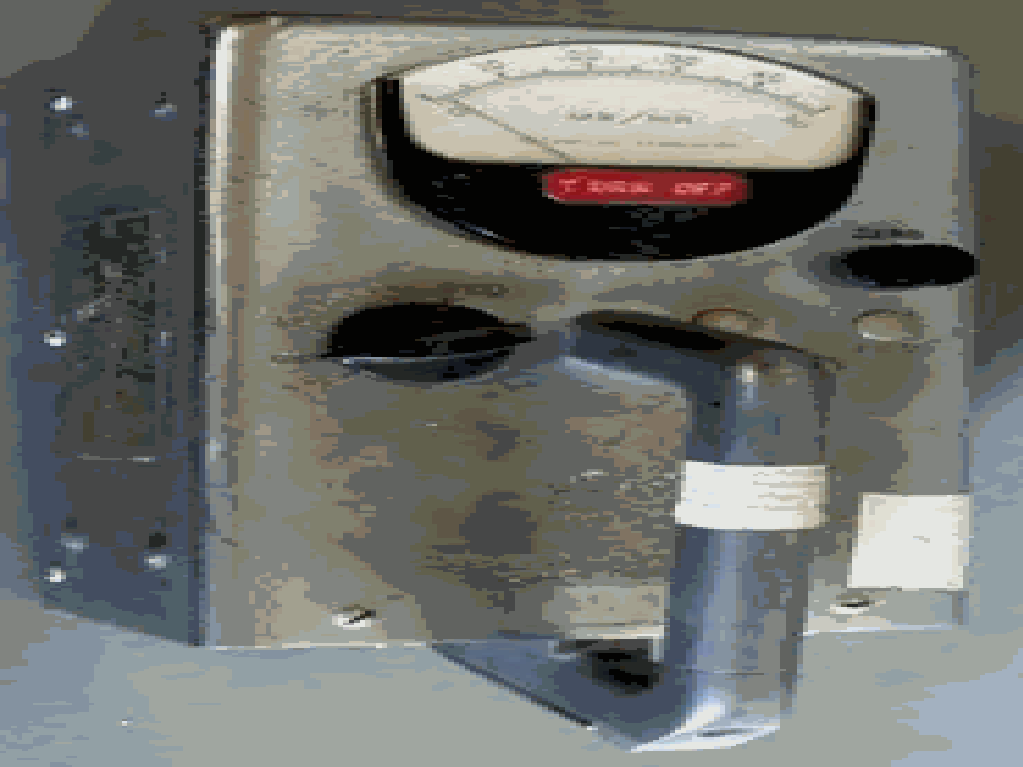
Early Juno with aluminum handle
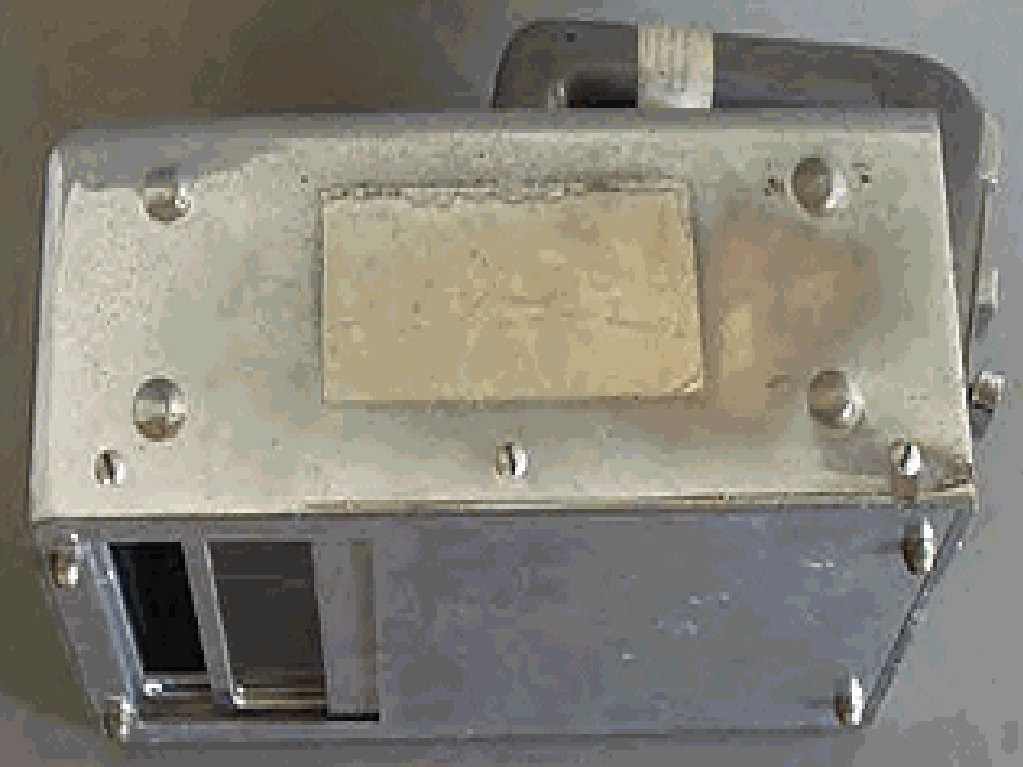
Early Juno with aluminum handle
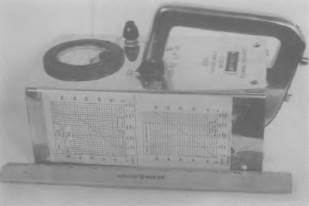
Hanford Juno 1954
Need photo
Espey Juno 1951
Need photo
Espey Juno Model H-4-602 1950-1955
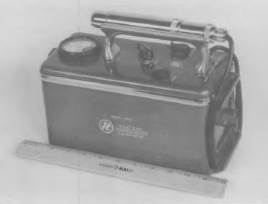
Hanford Nuclear Chicago Meter 1950's
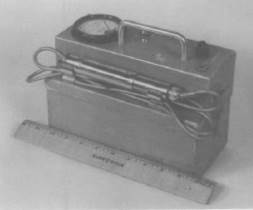
Hanford El-Tronics 1940's
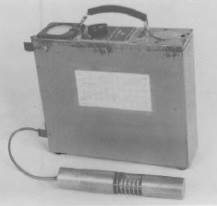
Hanford Victoreen GM Counter 1940's
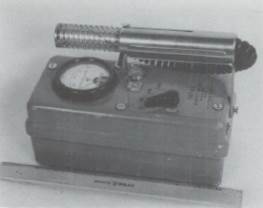
Hanford Victoreen GM Counter Model Thyac 389-C 1940's
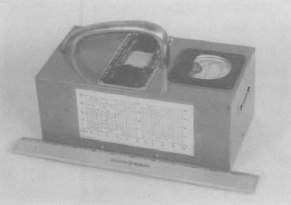
Hanford Victoreen Zeuto Alpha Meter 1950
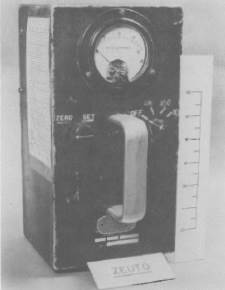
Hanford Zeuto Alpha Meter 1950
The Portable Poppy was a lightweight alpha detector developed at Hanford in 1948. Six units were developed for testing. The unit was 3” x 4” x 5” and weighed 2.25 lbs. without the probe. The reduced size is accomplished by using a condenser high voltage system and hearing aid amplifier components. The high voltage charge was obtained from a stationary unit and would last four hours. The probe was 2” x 7”. It can detect down to 150 cpm.
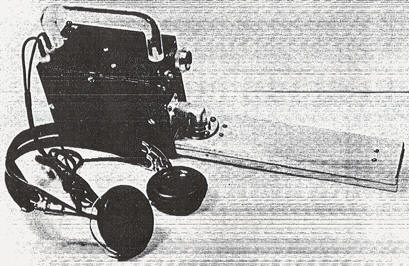
Portable Poppy 1948
A portable fast neutron survey meter was developed at Hanford in 1948 called the “Neut”. It was developed because the Chang and Eng meter was too big and heavy and unreliable. The Neut had a range of 0.5 mR/h to 10 R/h. It used separate argon and methane chamber principle with a modified Zeuto measuring circuit. In operation, the gamma measurement was made using the argon chamber. The current for the two chambers is then balanced. The methane chamber is then used to measure the fast neutron reading.
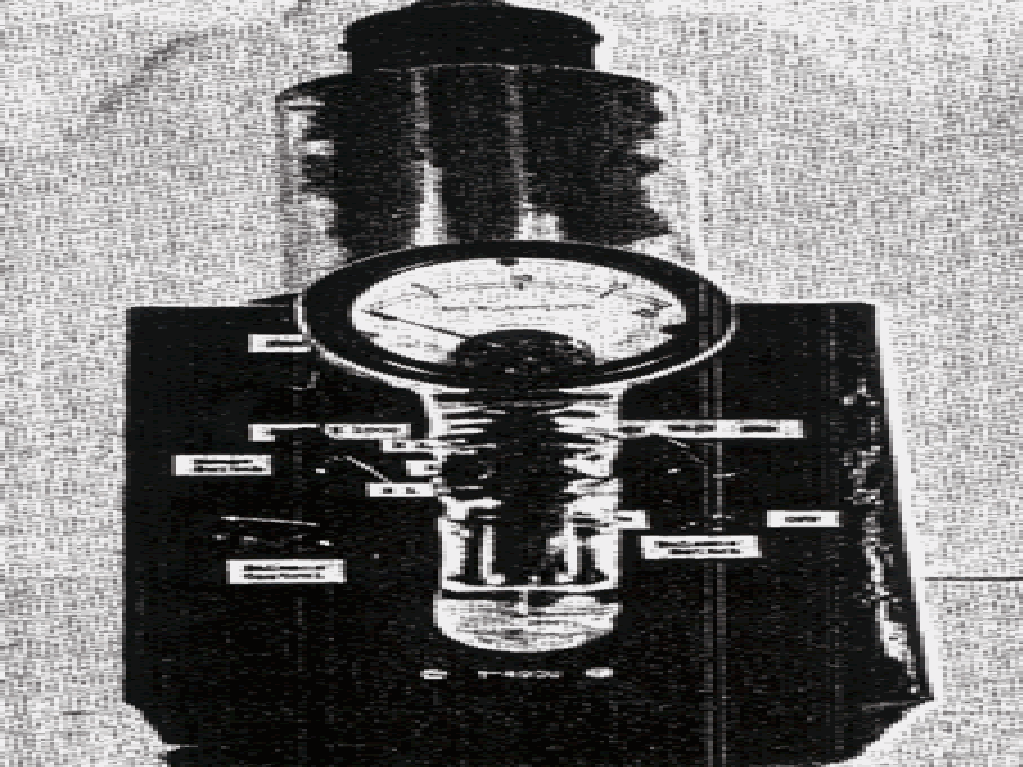
Hanford Fast Neutron Meter “Neut” 1948
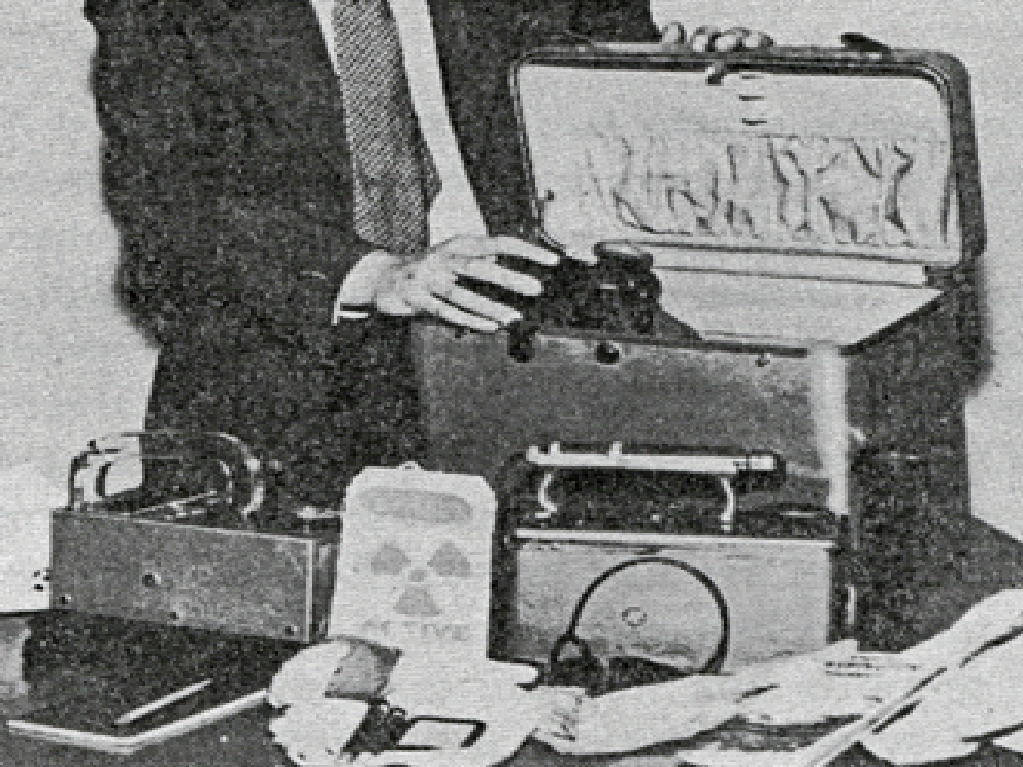
AEC Emergency Response Kit 1951
In is often debated at which lab Oak Ridge or Hanford that the Cutie Pie was actually developed. The first Hanford Cutie Pie (CP) were designed in early 1944. However, they were not assigned to the field until about 1948. Early instabilities limited their use. It had a thin front window to allow beta measurements and a shield that could cover the window to measure only betas. It had three ranges of 50, 500 and 5,000 mR/h.
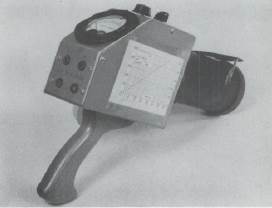
Hanford Cutie Pie late 1954
An improved CP was developed in 1954. These units were more rugged and less expensive to build. All units were built offsite to Hanford specifications. Some CP were modified to place the chamber on an extension tube for measuring a few feet from the radiation source.
Need photo
Hanford Cutie Pie 1954
In 1957, the Cutie Pie at Hanford cost $265.
One instrument that was developed at Hanford and used in 1957 was the “Soupbowl Cutie Pie”. It is similar to the standard Cutie Pie except that it uses a shallow 8” diameter ionization chamber in place of the Cutie Pie barrel. The Soupbowl sold for $265 in 1957.
Need photo
Soupbowl Cutie Pie 1957
A CP “Totem Pole” (CP-TP) meter was developed for high level radiation at a location that is hard to reach. It incorporates an extension that is attached between the chamber and the meter case. Extensions up to 10’ were available. A 50’ long extension cable was also available. There are two ranges available 50 R/h and 500 R/h.
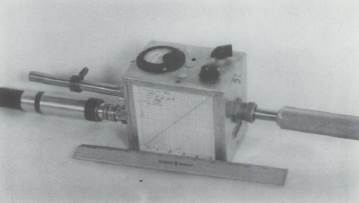
Hanford Totem Pole (TP) Cutie Pie 1954
Two instruments designated TPC and LPC were also available. The instruments are identical except for the ranges. The TPC had ranges of 5, 50 and 500 R/h. The LPC had ranges of 0.5, 5 and 50 R/h.
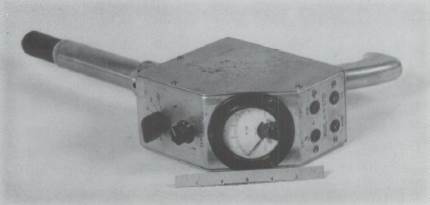
Hanford TPC and LPC 1950's
The TP probe is mounted on a CP case. It has a 3-foot extension. It has three ranges from 5, 50 and 500 R/h. The CP-TP cost $265 in 1957.
Need photo
CP-TP 1957
The Pete is an ionization chamber with one wall open and the collecting electrode close to the surface. It is the only instrument that can measure the weak beta from tritium. It is a developed in 1957 that came from the poppy. It has an open window with a grounding screen. It uses a mixture of argon and methane gas to increase the ionization density. It is primarily used in a fixed location to count swipes.
Need photo
Pete Ionization Chamber 1957
Several instruments were improved upon and prototyped at the laboratory prior to 1960.
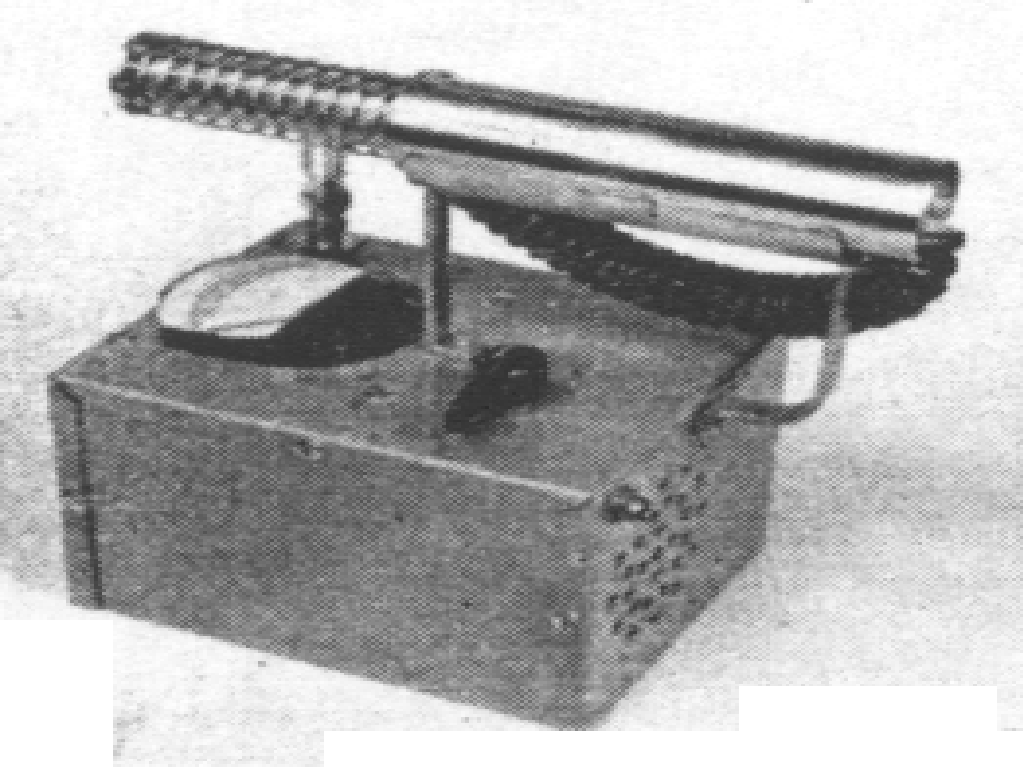
Loudspeaker GM Meter
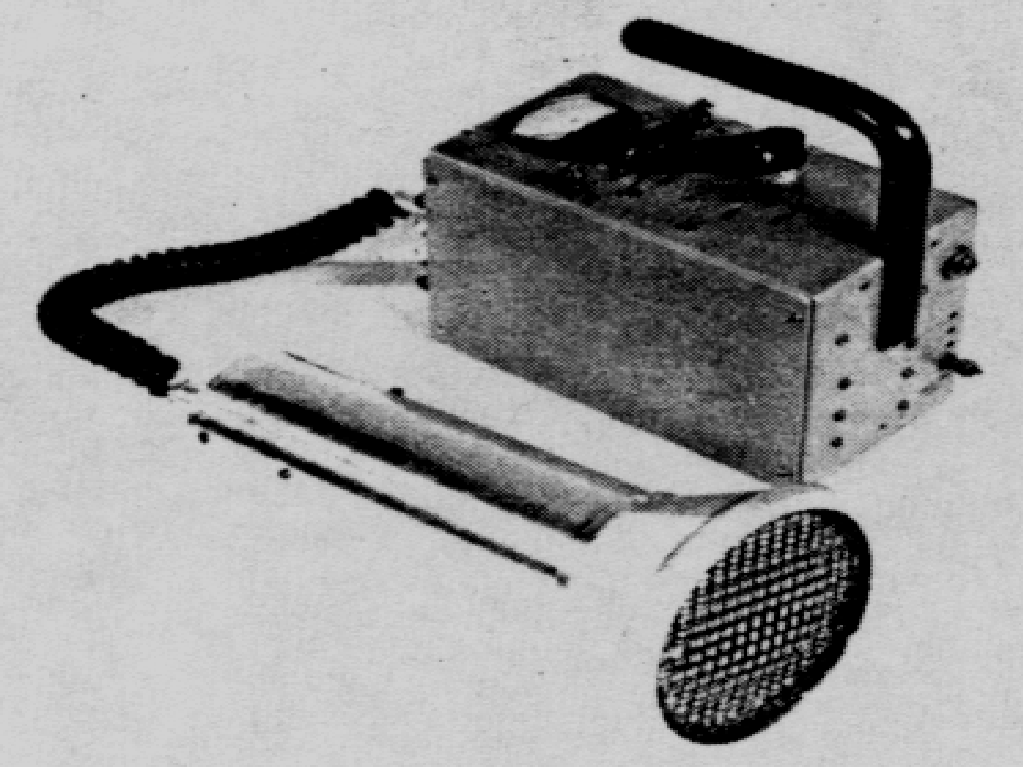
Scintillation Alpha, Beta, Gamma Meter
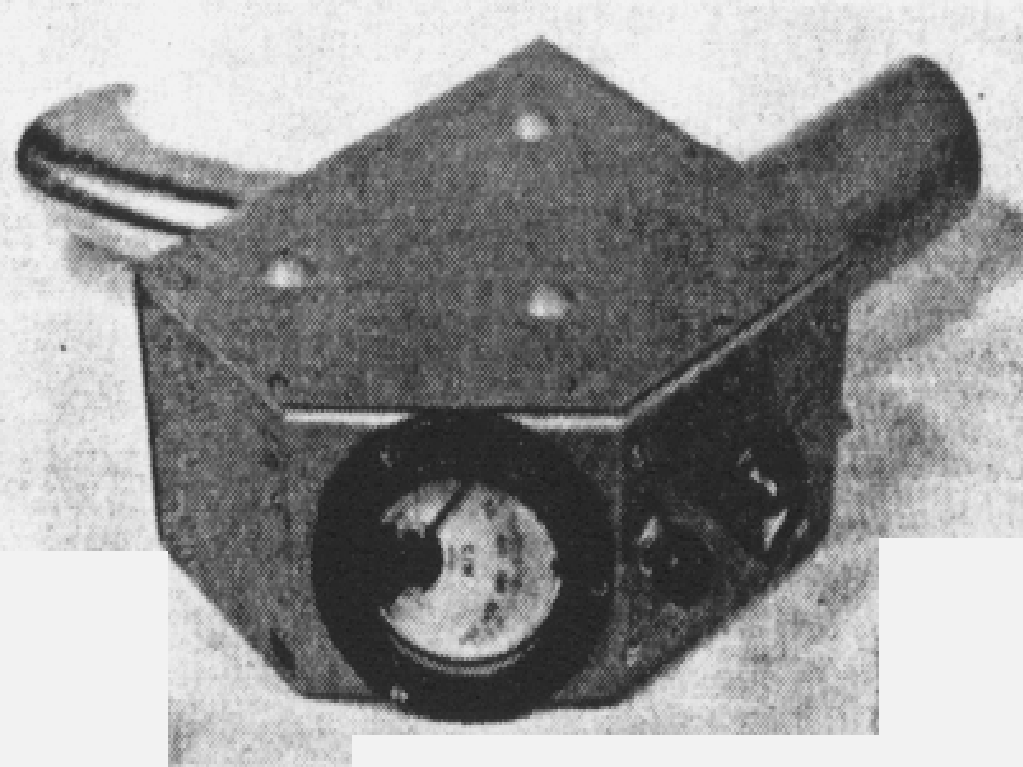
Scintillation Slow Neutron Meter
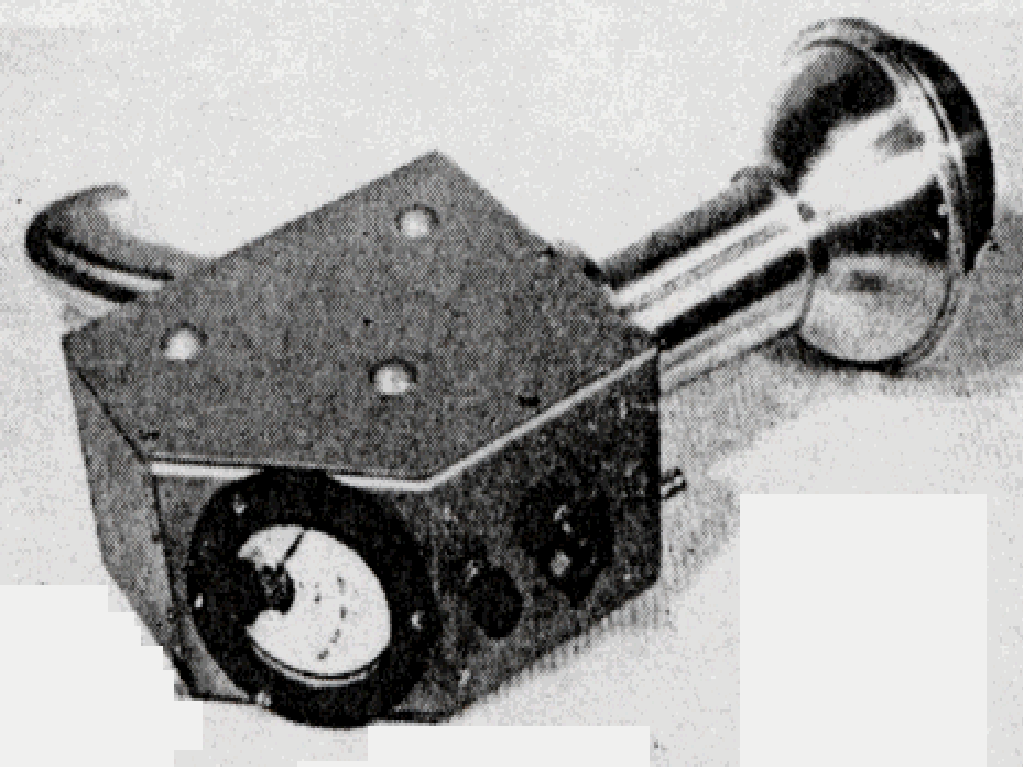
Scintillation Fast Neutron Meter
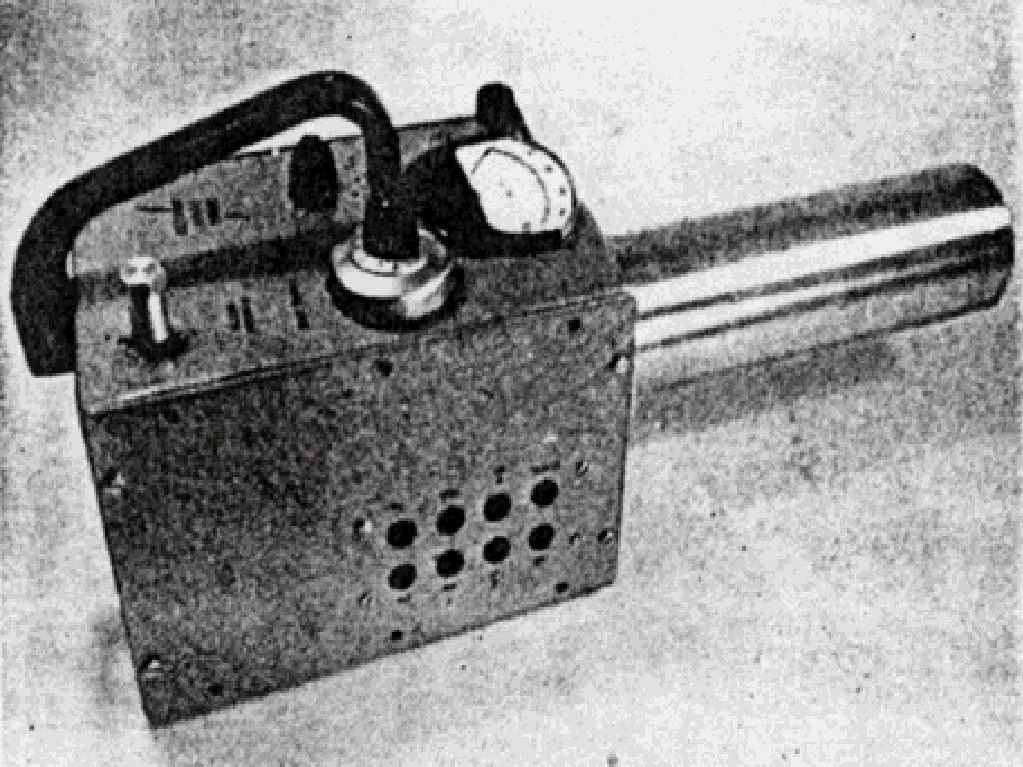
Portable Gamma Energy Analyzer
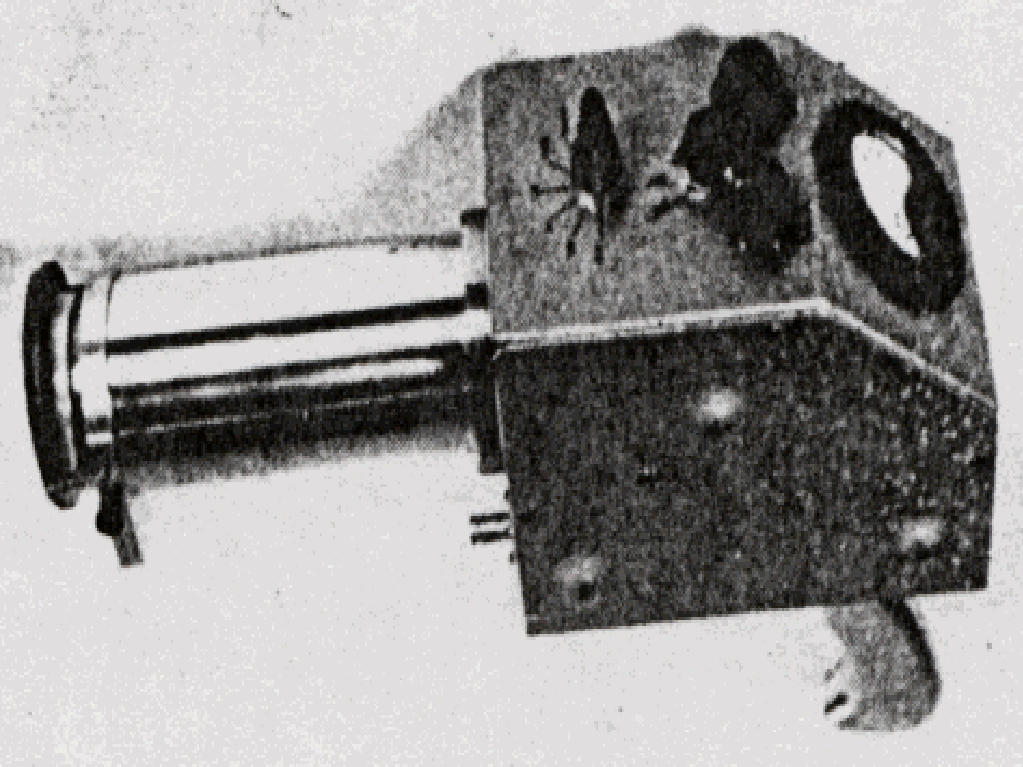
Scintillation Gamma Dose Rate Meter
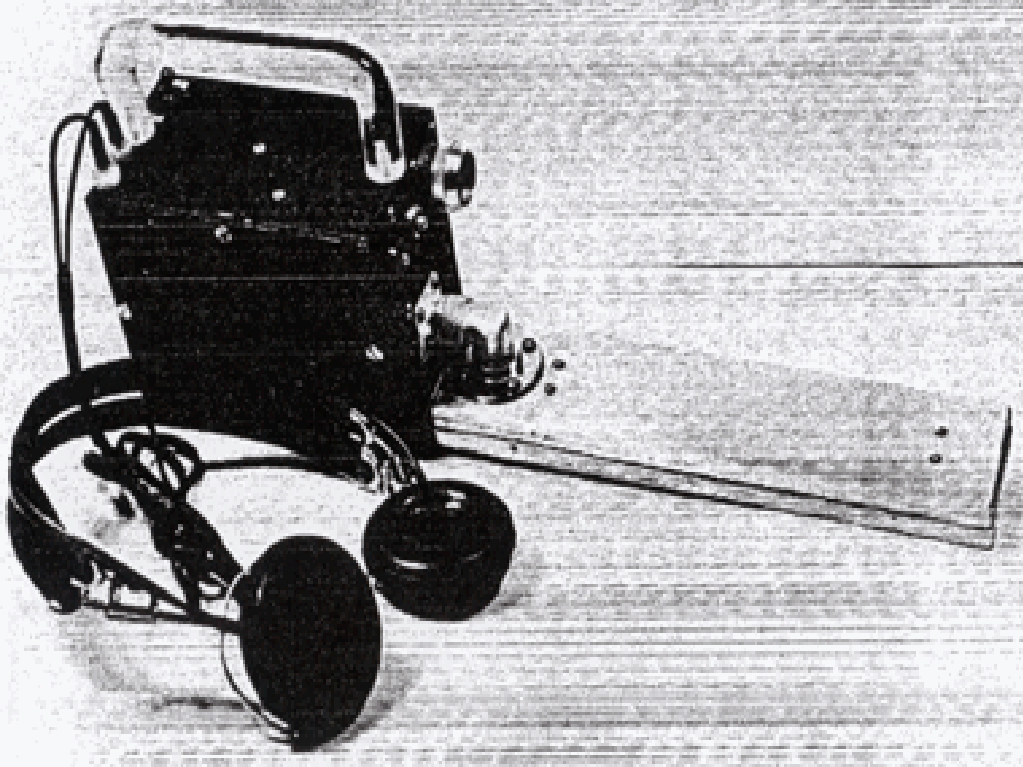
Hanford Portable Poppy 1948
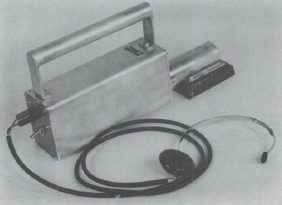
Hanford Scintillation Poppy 1950's
In 1954, a Scintillation Portable Poppy (SPP) survey instrument was developed by W.G. Spear. The unit used a ZnS phosphor powder attached to a clear lucite plate and attached to a photomultiplier. The phosphor surface is covered with a layer of aluminum dutch leaf and one sheet of mylar to block light to the photomultiplier. The detector was rectangular and flat measuring 2.5”x 3.5”. Scintillation alpha counters are preferred because they can be made with larger surface areas than air proportional counters, thus allowing for faster surface area surveying. The inside of the aluminum housing was coated with TiO2. It had no meter but used a neon light to indicate battery and earphones to indicate operation. For stability, the handle runs the length of the case. The unit weighed 4.5 lbs.
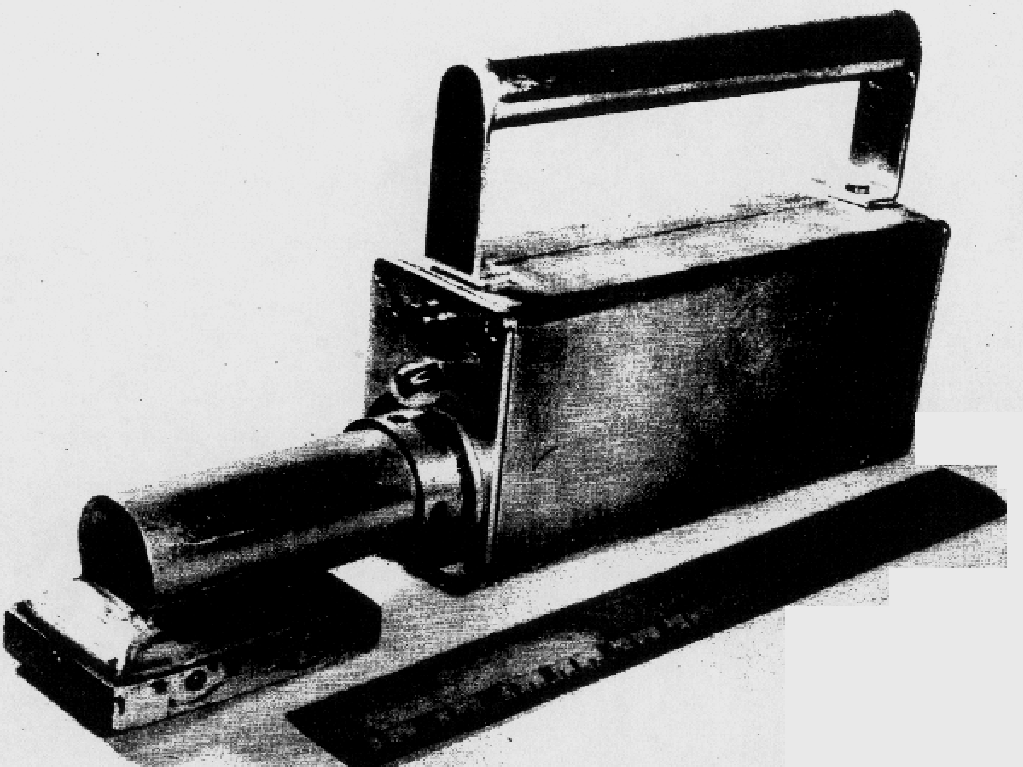
Scintillation Alpha Survey Meter 1954
Further refinement of the Alpha Survey Meter continued in 1955. It has a cast aluminum probe with an area of 7.43 square inches. The alpha counter is a zinc sulfide coated lucite screen covered with one sheet of aluminum dutch leaf and one sheet of aluminum coated mylar.
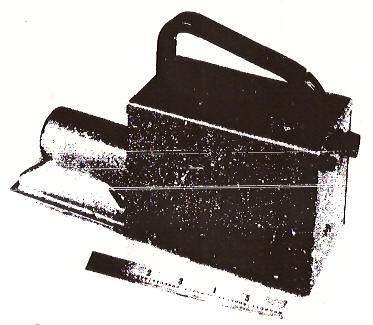
Portable Scintillation Alpha Survey Meter 1955
General Electric offered an improved version of the alpha survey meter in 1957.
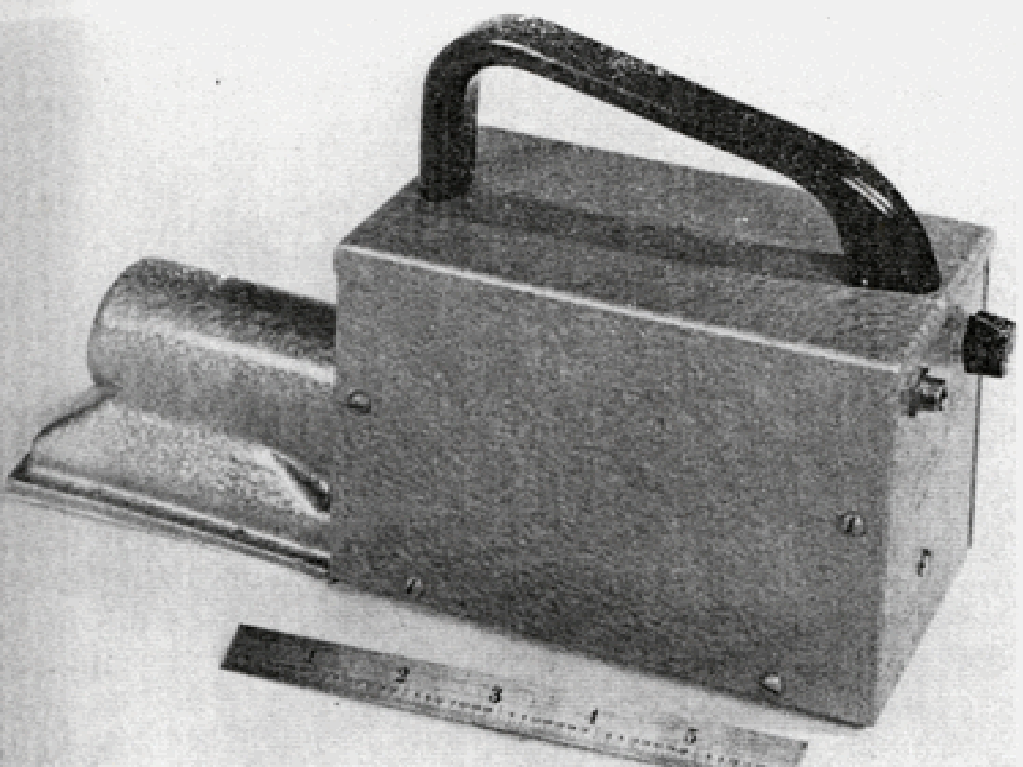
HAPO Labs GE Alpha Zn 1957
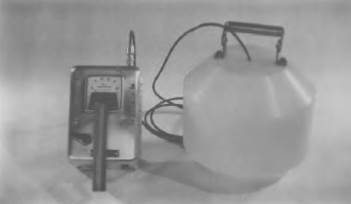
Hanford BFQ Neutron Meter 1950's
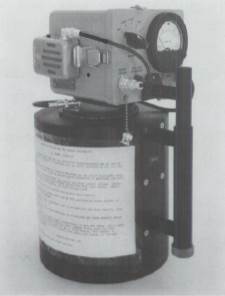
Hanford Snoopy Neutron Meter 1950's
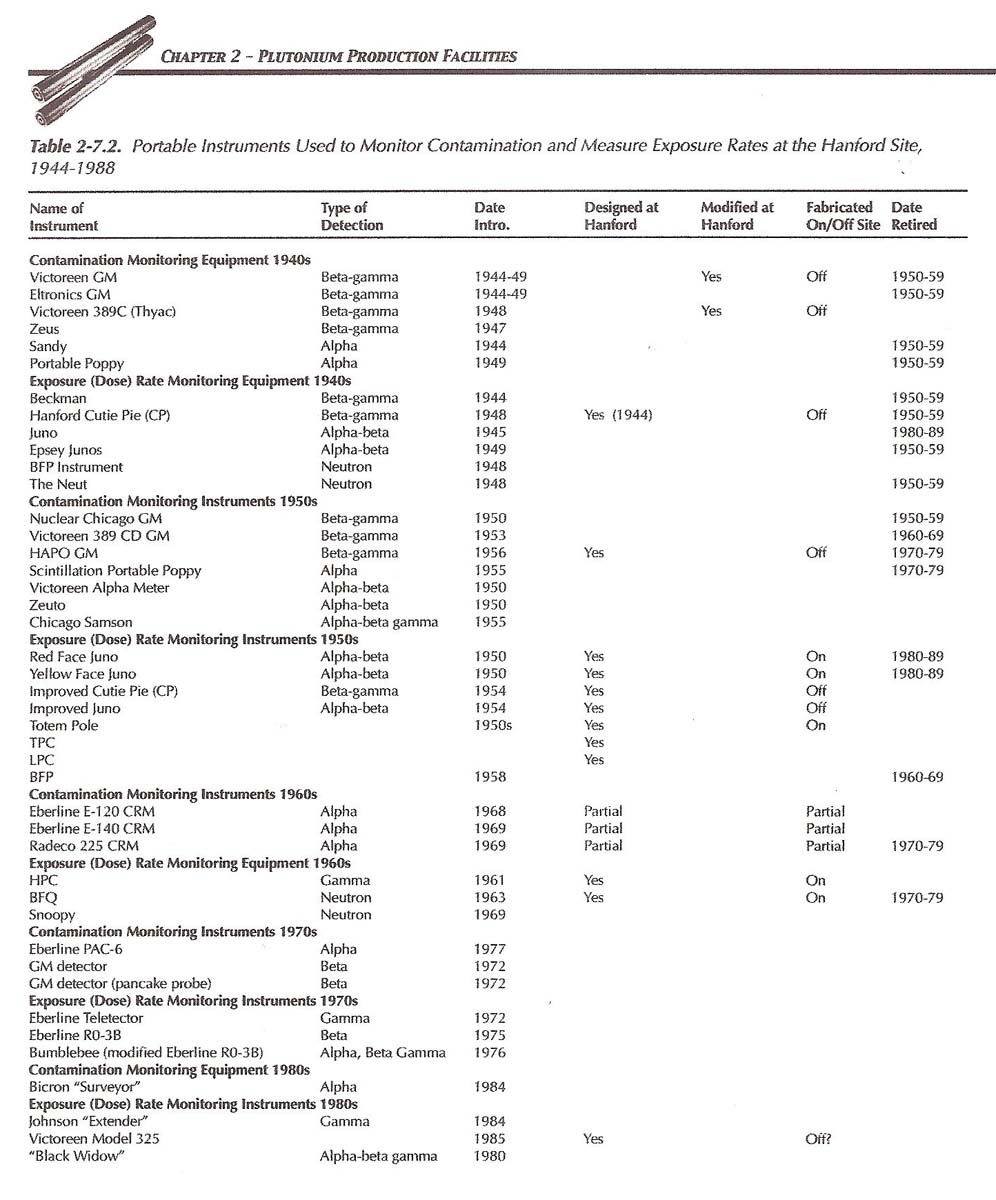
Hanford Instrument List 1944-1988